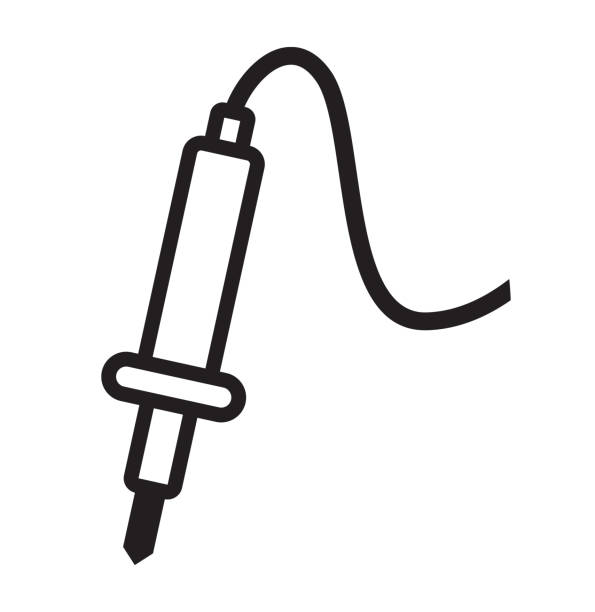I recently built myself a ground plane ADSB antenna. Following the results of an online calculator got me in the ballpark of the lowest SWR being close to my target frequency. At this point, I started adjusting things and noticed that the SWR shifted when I adjusted the vertical angle of the radials. SWR shifted to my chosen frequency when the radials were about 20* above the horizon, which looks like no ground plane antenna I’ve ever seen before, which either have horizontal or radials angled down at 45*.
With that background, I have 3 questions: 1: What is the implication on radiation/reception pattern of ground plane radials above horizontal? Am I missing out on transmissions close to the horizon and adding vertical gain?
2: Does SWR being lowest with “inverted” radials indicate that the radials are too long? Too short? Just right and I did something else wrong?
3: Is ground plane radial length measured from the attachment point, or the theoretical distance between the end of the radial and the bottom of the radiator? There’s a good chance I built these too long, since I measured the radial length from the attachment point, not the base of the radiator (~1cm further)
Thanks for any guidance! Antennas are black magic to me, and I clearly don’t know the right terms to put into search engines to find the results to these questions.


It helped me a lot to remember that every antenna is, at its heart, a dipole. If your radials are above horizontal (less than 90 degrees to the vertical element), then you’re adding capacitance and making it tune high. Since you’re getting good SWR in that position, that suggests the antenna is too long. Your vertical element is likely fine, so I’d look at that 1CM. That’s a lot on a gigahertz antenna. I don’t know what is “correct” on your antenna design, but that’s what this hobby is all about…experimenting. I’d try shortening the radials and seeing what happens.
As for radiation pattern, you’ll get the most horizontal pattern with a true vertical dipole like you see on a lot of commercial masts. SWR is not efficiency; you can get good SWR on terrible antennas. With the elevated radials, it might tune but it will have lousy efficiency and a poor pattern. It’s best to make it the shape you know it should be (radials around 30-60 degrees down from horizontal and adjust lengths from there. How bad is the SWR in that position right now?
This really helped contextualize it for me, thank you.
I haven’t had time to get out there and play with the antenna for a few days. I’ll hopefully have some time this coming weekend to play with shortening the radials and seeing about getting a more optimal antenna.